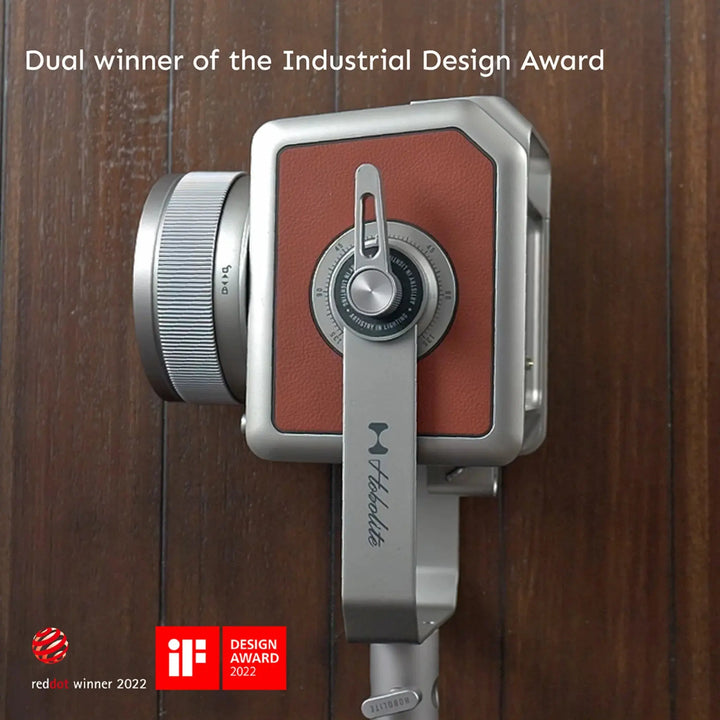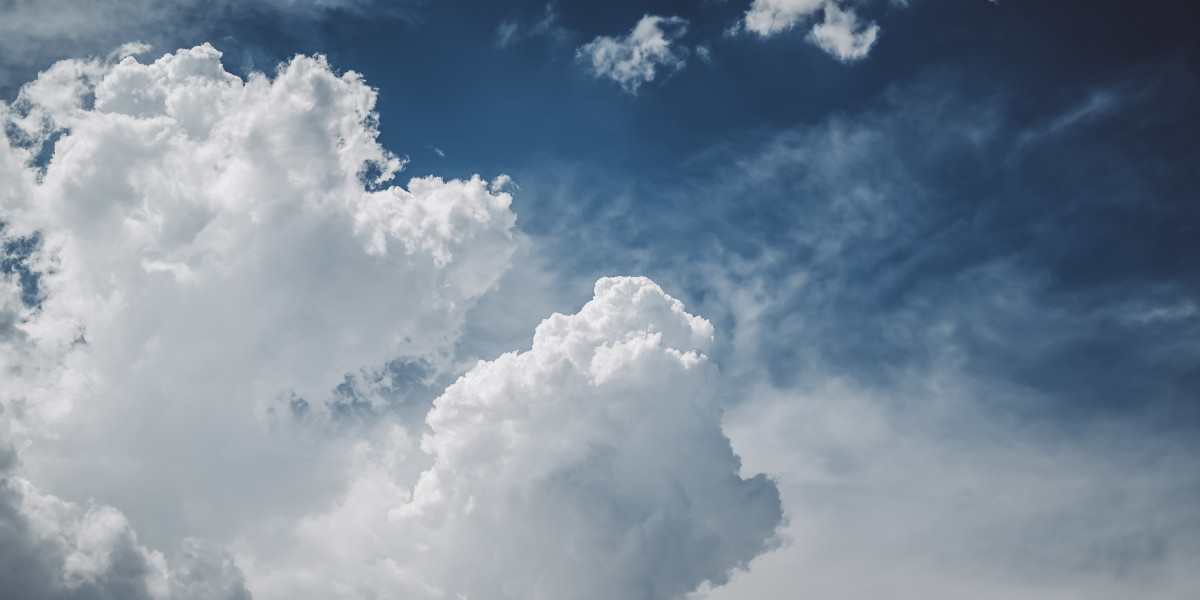Unlock Your Perfect Shot: How the Right Studio Lights Transform Your Photography Game!
Lighting is the heartbeat of photography; it can elevate a simple image into a stunning masterpiece or, conversely, render it flat and lifeless. The right lighting not only enhances the subject but also creates an emotional resonance that engages viewers. This article focuses on photo studio lights—an essential tool for any aspiring photographer looking to achieve professional results. Whether you're a hobbyist or a seasoned pro, understanding how to choose and utilize studio lights effectively can significantly impact your photography journey. Here, we'll guide you through the essential aspects of studio lights, helping you make an informed decision that caters to your unique needs.

The Basics of Photo Studio Lights
The world of photo studio lights can seem overwhelming at first, but breaking it down into its core components makes it much more manageable. The primary types of photo studio lights include continuous lights, strobes, and LED lights. Continuous lights provide a constant source of illumination, making it easier to see how the light interacts with your subject in real-time. This is particularly useful for beginners who are still mastering the art of lighting. Strobes, on the other hand, emit a burst of light when triggered, allowing for quick, high-intensity shots. They are excellent for freezing motion and are often used in fashion and sports photography. LED lights are versatile and energy-efficient, offering both continuous and adjustable lighting options. Each type serves distinct purposes and can dramatically affect the outcome of your photos, so it's crucial to choose one that aligns with your photography style.
Understanding Lighting Techniques
Once you've familiarized yourself with the types of studio lights, it's time to explore lighting techniques that can take your photography to the next level. Key lighting is the primary source of light and defines the shape and dimensions of your subject. Fill lighting, on the other hand, softens harsh shadows created by the key light, adding balance and depth to your images. Backlighting can create dramatic silhouettes and add an ethereal quality to portraits. When I was learning photography, my friend introduced me to a technique called Rembrandt lighting, which uses a single light source to create a triangle of light on one side of the subject’s face. This technique adds depth and character, making subjects appear more dynamic. Experimenting with these various techniques allows you to convey different moods and effects, transforming your photography into a storytelling medium.
Choosing the Right Studio Lights for Your Photography Style
Selecting the right studio lights often depends on your specific photography genre. For portrait photography, soft, diffuse lighting is preferable for a flattering look, while product photography may require sharper light to highlight details. When considering lights, factors such as light intensity, color temperature, and portability play a significant role. A friend of mine who specializes in travel photography swears by portable LED lights that can easily fit into her suitcase. She emphasizes the importance of color temperature, stating that the right balance can make colors pop and enhance the overall quality of the image. Take time to evaluate what you need based on your style and the environments in which you typically shoot. This will help you make an informed choice that aligns with your artistic vision.
Setting Up Your Photo Studio Lights
The placement and setup of your studio lights are crucial for achieving optimal results. Begin by defining your light sources—deciding how many lights you’ll use and where they’ll be positioned. Consider using light modifiers such as softboxes, umbrellas, or reflectors to diffuse the light and soften shadows. These tools can dramatically change the quality of light and add a professional touch to your images. When I first set up my studio, I struggled with light placement, often ending up with harsh shadows. However, after some trial and error, I discovered that angling the lights at 45 degrees to my subject created a more even distribution of light and flattering results. Always remember to test different setups and angles, adjusting as necessary to achieve the desired effect.
Final Thoughts on Mastering Studio Lighting
Choosing the right studio lights is a pivotal step in enhancing your photography. As we've explored, understanding the types of lights, lighting techniques, and setup strategies can lead to transformative results in your work. Don't be afraid to experiment with different lighting setups; this is where you'll discover your unique style and voice. Effective lighting can truly elevate your photography game, turning ordinary shots into extraordinary visuals that captivate and inspire. So grab your camera, set up those lights, and start experimenting—your perfect shot is waiting!












